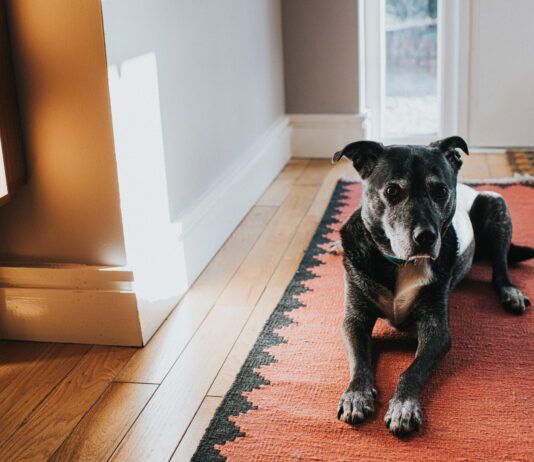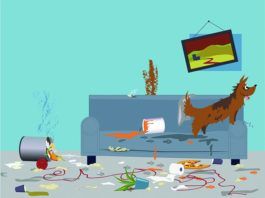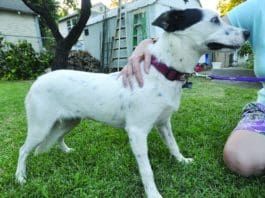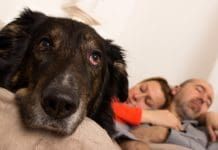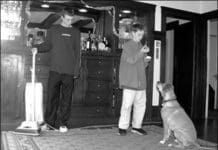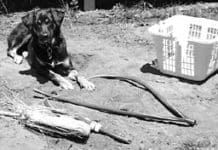7 Separation Anxiety Myths
As a canine behavior specialist, I've seen my share of dogs over the years who suffered from separation anxiety. The vast majority of my clients have been able to modify their dog's distress when left alone, and I felt confident in my knowledge of the issue. Then my husband and I adopted a two-year-old Husky-mix from our local shelter, and everything changed.
Helping Your Dog with His Separation Anxiety Issues
This is the sort of desensitizing exercise recommended for a dog with separation anxiety. The goal is to actually do the exercise so many times, in such small increments, and without ever allowing the dog to go past threshold" (become anxious at all)
Treating Your Dog’s Separation Anxiety
and it helped keep Sandi sane.üAn early meeting of Sandi's SA Support Group" (and their dogs
How to Help With Separation Anxiety in Dogs
Fixing a dog's separation anxiety is hard work. It's all too easy to get frustrated with your dog's destructive behavior. Remember that he's not choosing to do it out of spite or malice - he is panicked about his own survival without you, his pack, there to protect him. It's not fun for him, either; he lives in the moment, and the moments that you are gone are long and terrifying. If you make the commitment to modify his behavior and succeed in helping him be brave about being alone, you'll not only save your home from destruction, you will enhance the quality of your dog's life immensely - as well as your own - and perhaps save him from destruction, too.
Reducing Your Dog’s Anxieties
President Franklin D. Roosevelt, speaking about the Great Depression, said, We have nothing to fear but fear itself." If only it were that simple when dealing with dog behavior! Fear-related behaviors can be debilitating to the inappropriately fearful dog. They are heartbreaking
Help for the Home-Alone Dog
As soon as the kids went back to school and Carly was left home alone during the day, things in and around the Hoye’s house began to get chewed. Initially, they thought it was just puppy teething, and to save the rugs and furniture (not to mention the hardwood floors and woodwork around the doors and windows in their restored Victorian) the Hoyes started leaving Carly outside during the day. But she soon advanced to chewing the lattice off the sides of the deck and the shingles off the sides of the house.
Living with a Difficult Dog
By your own standards, your dog’s life may not seem all that stressful – after all, he doesn’t have bills to pay, does he? But when you apply the more scientific definition of the word – anything that alarms or excites him, triggering his sympathetic nervous system into action and flooding him with the “fight or flight” chemicals adrenaline and noradrenaline – you may be able to see how many seemingly unrelated things in his environment actually contribute to his “misbehavior.”
Upper-Level Management
Garbage-raiding, counter-surfing, barking at passers-by ... How do you train your dog to stop his bad behavior? Often, the answer isn’t a matter of training at all!
Relieving Separation Anxiety Symptoms
You were gone for less than an hour, and when you returned home, your dog Maxx had already destroyed your new sofa, defecated on your antique Oriental rug, and inflicted deep gouges in the just-repainted front door frame. You have tried leaving him in the backyard, but he chewed through the fence and got picked up by animal control. Maxx has separation anxiety – a behavior problem that results from a dog’s natural instincts to want to be near other members of his pack.
Taking Measures to Prevent Separation Anxiety Related Behaviors
Separation anxiety (SA) stems from a dog's natural survival instinct to stay in close proximity to the pack. In the wild, a canine who is left alone is more likely to die, either from starvation, since he has no pack to hunt with, or from attack, since he has no pack mates for mutual protection. Given the vital importance of a dog's canine companions, it speaks volumes about their adaptability as a species that we can condition them to accept being left alone at all! We're lucky we don't have far more SA problems than we do, especially in today's world, where few households have someone at home regularly during the day to keep the dog company.


